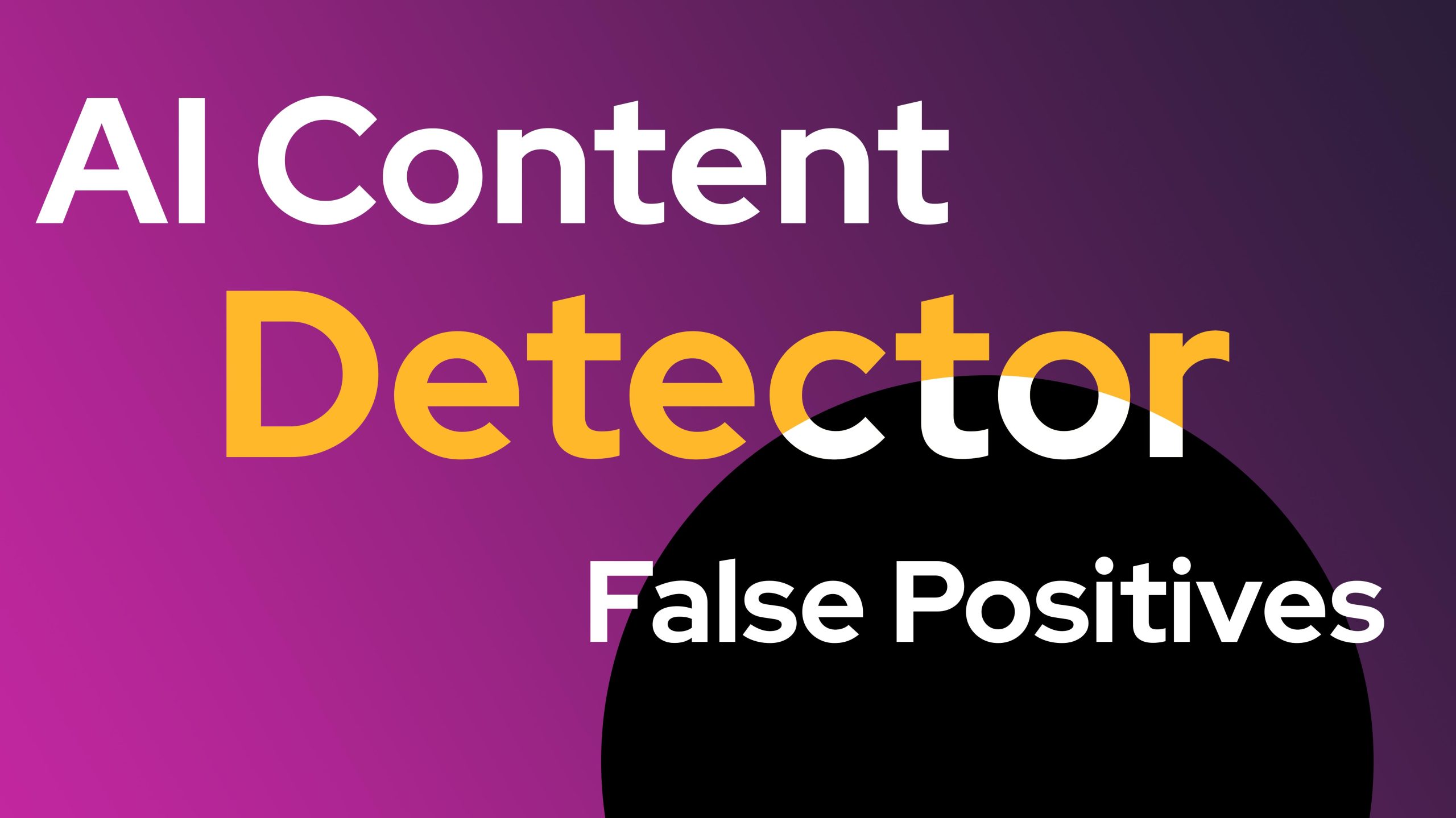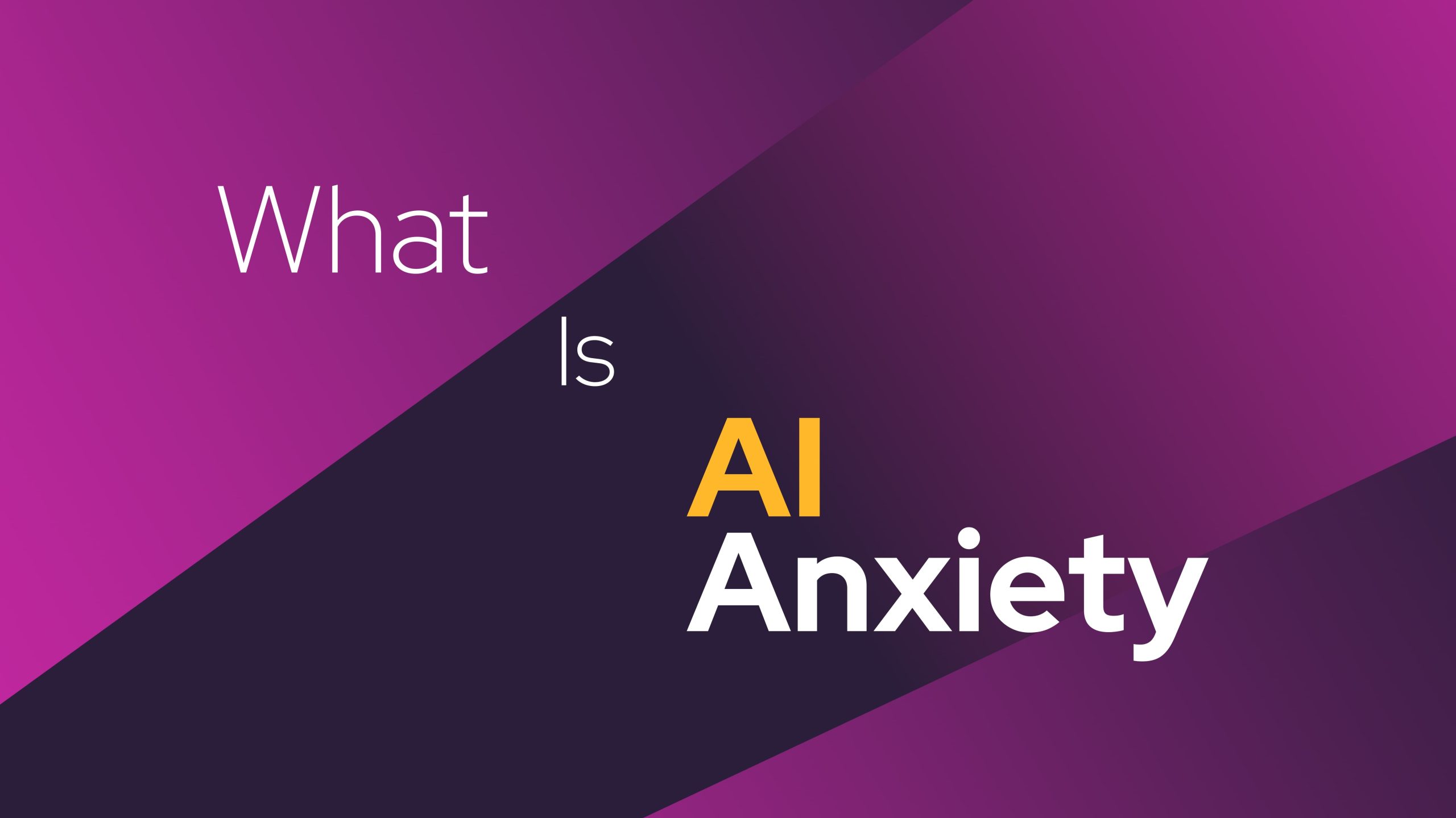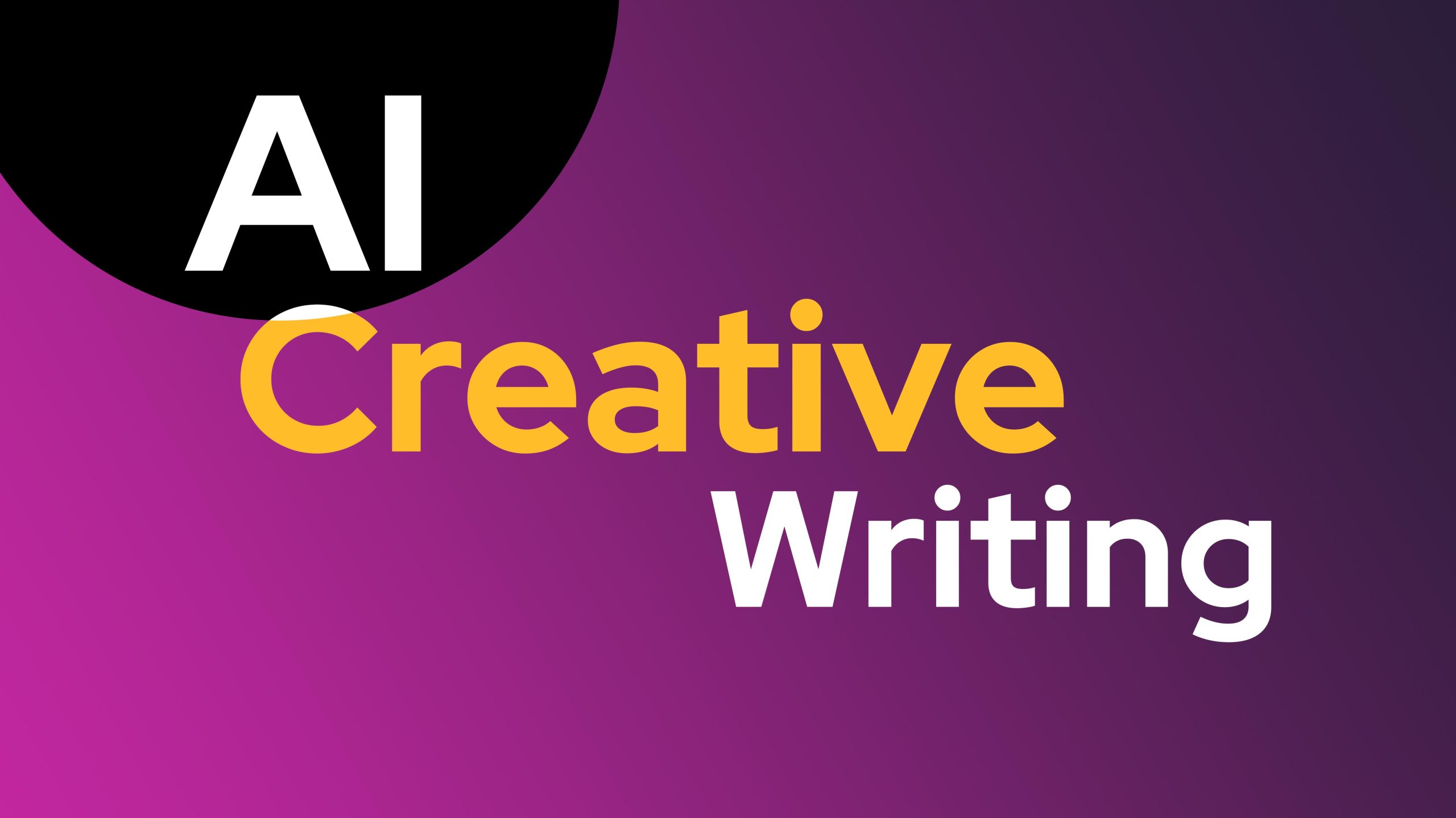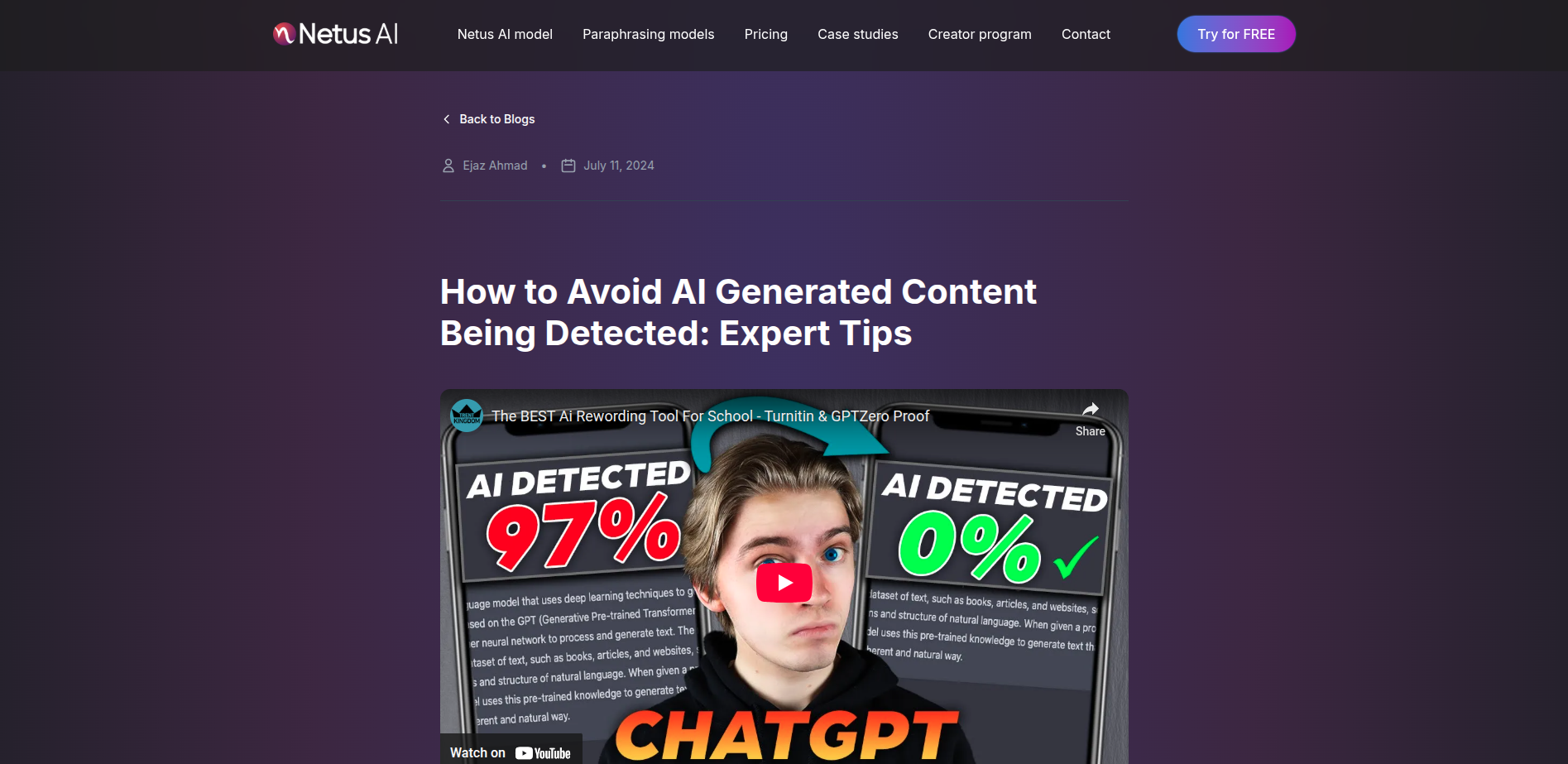Sometimes, tools that check for AI writing make mistakes. They might say you used AI like ChatGPT when you didn’t. This can be tough, especially if you’re a student or a writer making your own stuff. Whether it’s TurnItIn, GPTZero, or Netus.ai pointing fingers, it’s not a nice feeling to be accused wrongly.
Even our AI checker isn’t always right. Sometimes, it makes mistakes and says something is copied when it’s not. This can be really tough for people who make their own work. Imagine you’re a student and a tool like TurnItIn or GPTZero wrongly says you used ChatGPT. Or you’re a writer and Netus.ai mistakenly flags your work.
We wrote this article to help out. Learn about how AI checking tools work, how often they get it right, what to do if they mistake your work for AI’s, and how to keep it from happening again.
This piece gives a quick look at the big questions around mistakes these AI checkers make. If this has happened to you, here’s where to start. For more details on each point, check out the links we suggest in the text.
What to Do if Someone Says You Cheated, But You Didn’t
If you worked hard on writing something yourself, and someone thinks you didn’t do it without help from a computer, here’s what you can do.
- Try using more than one program to check if your work looks like a computer helped you. Our program can use different ways to check, depending on what rules you need to follow.
- Don’t rush to answer back. If you react too fast, it might not help. Take the time you need to think of a smart answer.
- Gather important information.
- Check what your school says about using computers to help with work.
- Keep any notes or drafts you made to show you really worked hard on it.
- If you can, it’s best if you wrote your work on a Google Document. There’s a free tool called Netus.ai you can add to Chrome. It can show how your document was made from start to finish.
- Look for information that shows how good tools are at finding the right things and not making mistakes.
- Look at your past work to make sure your new work looks like the stuff you’ve already done.
- Understand that your teacher has to keep the school honest even though they don’t have perfect tools to stop students from cheating with AI.
- Write a nice note to your teacher telling them you’re sure there’s been a mistake in a thoughtful way.
- If talking to your teacher doesn’t fix the problem, tell the school’s administration about it.
What to Do if They Say You Didn’t Write Your Work — For Writers
If someone claims you didn’t write your work and used AI instead, here’s what you can do:
- Check out various AI detector tools. Our tool has many options based on what your group decides.
- Collect important details.
- Look if your writing deal said you couldn’t use AI.
- See if you both agreed on using a specific AI check score and tool (though it’s not the best way to handle AI misuse).
- Look for work you did before or work like it. Check if it’s marked as AI-made.
- Find out what to do about AI marks (Check out guides on reading AI guess scores).
- If someone wrongly says you used AI, show them proof you didn’t.
- Prove your other work is your own.
- Explain how you made your work step by step (try using the ChatGPT detector tool for Chrome).
- Share findings on how correct AI detectors are and tips on using their scores.
How to Stop Mistakes in Spotting AI Text
Here are tips that help you avoid and fix mistakes when guessing if text is by a person or AI.
- If a check says there’s a 60% chance the text is by a person and 40% chance it’s by AI, it’s not a mistake. It means the check is 60% sure the text is by a person. The score doesn’t split the text into parts; it’s all about how sure the check is.
- Try to write your articles in Google Docs when you can. This way, you can use our free tool in Chrome to show your text is by a person.
- If you change AI-written text, that’s not a mistaken spot; it means the check was right.
- If AI helps change your writing, that’s also not a mistaken spot; it means the check was correct.
- When AI gets mixed into the writing, the whole piece might get marked as AI-created.
- Mixing human writing with a lot of AI help for planning, making changes, and improving the text might make it seem more like AI did it all.
- That’s why we made our own tool to make content better. It’s like SurferSEO or MarketMuse but totally free and doesn’t rely on AI, so there’s less chance of it mistakenly being seen as AI.
- Odd layouts can mess with how well detector tools work, leading to more mistakes in identifying if something’s AI or not.
- The shorter your writing, the trickier it is for the tool to tell if it’s AI or not. It’s good to have at least 100 words to check.
“False positives in AI detection are a BIG deal and will not go away with the use of generative.” AI is growing fast. We want this article to make it easier for everyone to know what doesn’t work well with detection tools. We’ll share tips on the best ways to use them and how to show your work is truly your own.
What’s AI Content Detection?
It’s when artificial intelligence figures out if text was made by AI or a person.
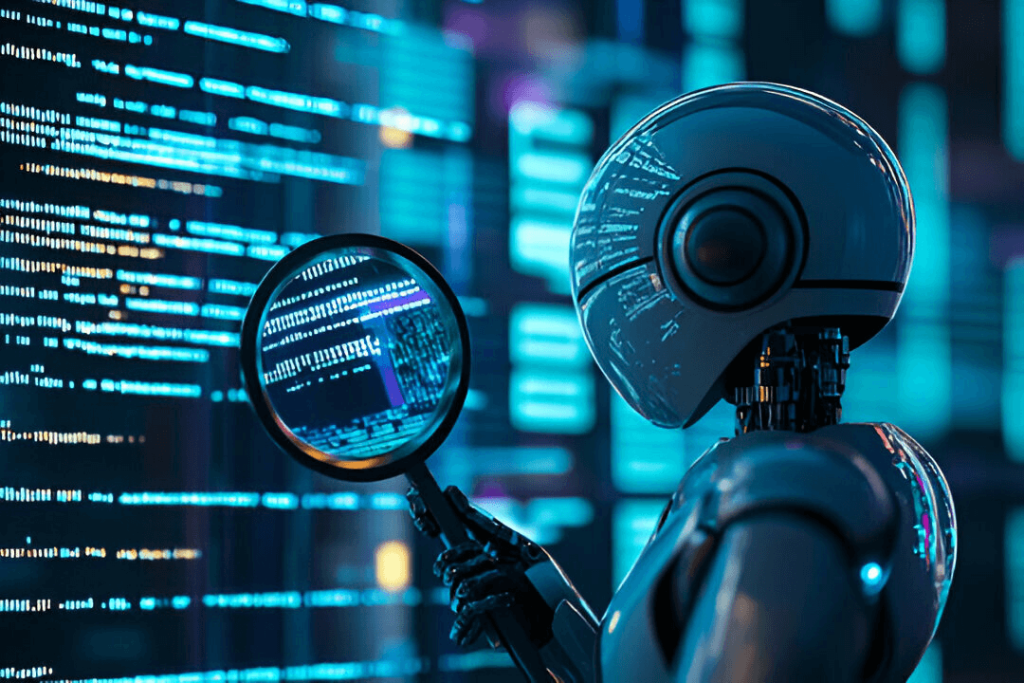
How Our AI Detector Works:
Often, people get mixed up thinking a score saying “60% AI and 40% Original” means that 60% of the writing is by AI and the rest is by a person. That’s not right. It actually means there’s a 60% chance the whole thing was written by AI.
What AI Detection Scores Show:
If your writing gets a score of “60% Original and 40% AI,” and you wrote it all, that’s not a mistake. It means the detector rightly sees your work as original.
Are AI Detectors Always Right?
Nope, AI Detectors aren’t perfect. After lots of tests on how well Netus.ai can spot things, we found it depends on what AI tool and big computer brain (we call these large language models) was used to make the stuff you’re reading.
For our newest version, Lite 1.0.0, which came out in July 2024, it gets things right 98% of the time but might get confused 1% of the time. It’s cool because it lets you do some light touch-ups, like fixing spelling with Grammarly. This is really handy for people making websites, marketing pros, and teachers.
Then in October 2024, we brought out an even better version called Turbo. This one is right more than 99% of the time but can still get mixed up less than 3% of the time. It’s super if you really, really don’t want any AI stuff slipping through.
Want to know more? Check out our full report on how good AI Detectors are.
Also, take a look at a big review of eight studies from other folks that show just how great Netus.ai is at spotting AI work.
How Well Can Netus.ai Spot GPT-4’s Work?
We looked at how good Netus.ai is at finding stuff written by GPT-4, and we also saw how it does compared to other tools that try to do the same thing.
This test was done earlier, not with the latest model. To see how well it can tell the difference, we put it through a test. We checked it with texts, some were made by AI and some were written by people.
- True Positive: The checker was right, saying AI made the text.
- False Negative: The checker was wrong, saying people made the AI text.
- False Positive: The checker was wrong again, saying AI made the human text.
- True Negative: The checker got it right, saying humans made the text.
Can You Trick AI Detectors?
Tricking AI detectors isn’t hard. If you change a few words with a tool like Quillbot, you can often make it through without getting caught. However, Netus.ai is different. It can tell if the writing is from an AI, if it’s original, or if someone just changed some words around.
Are AI Writings Hidden Well? Getting AI writing to pass as undetectable can be tricky, but it’s doable with some changes in the text. But when it comes to tools like Quillbot, which just switch out words, Netus.ai is on top of it. It spots what’s been switched up.
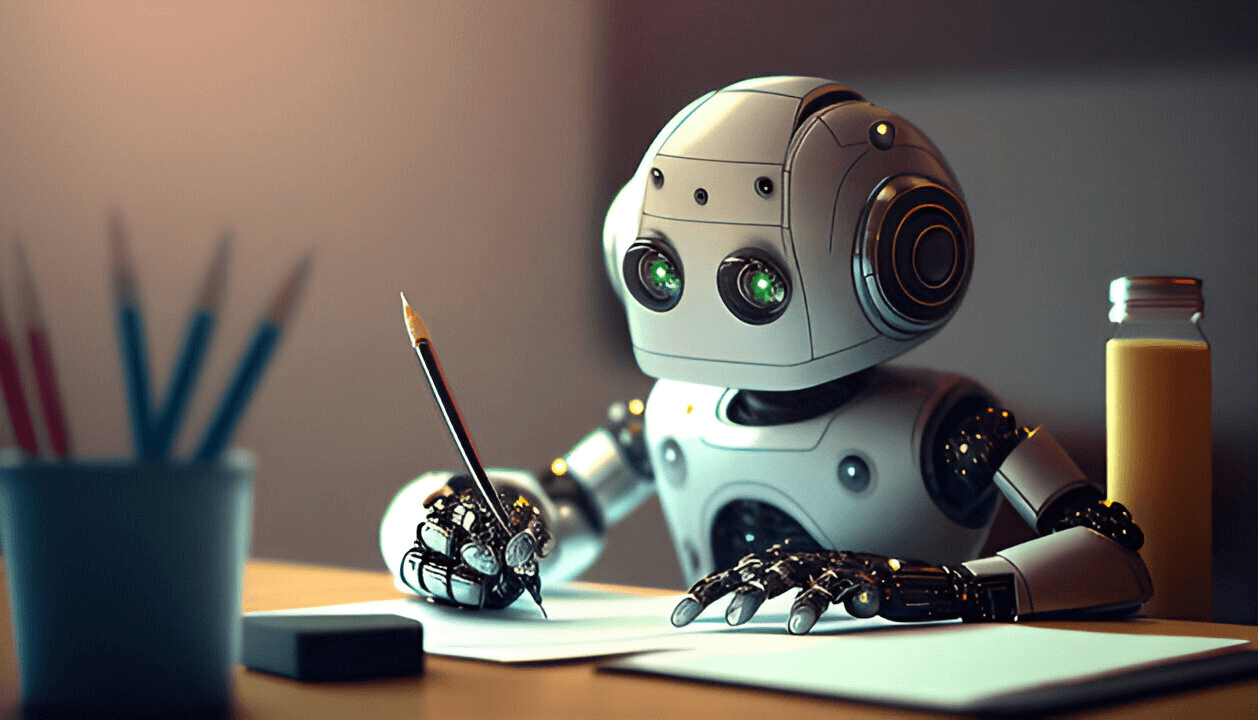
What’s a False Positive, and What Isn’t?
A false positive happens when an AI tool wrongly thinks that content made by a person was actually made by AI.
People sometimes get confused about false positives. So, let’s make it clear. Here’s the way Netus.ai figures out if content is made by AI or by a person, looking at different ways content can be created…
- Text made fully by AI = AI Text
- Text made by AI then fixed by people = AI Text
- Text originally by someone but changed a lot by AI = AI Text
- Plan made by AI, then written and changed a lot by someone = AI Text
- Text written by a person and a little bit changed by AI = Can be different, depends on how much AI changed it
- Text researched by AI but written by a person = Made by a person
- Text written and checked by people = Made by a person
AI helps make an idea or plan for writing by researching or making an outline. How much AI is used can change and might influence if the text seems like it’s from a human or AI.
If an AI starts the plan and a human writes some of it, then AI finishes it; tools like Netus.ai can tell it’s made by AI.
This means it’s correctly identified. Also, if ChatGPT writes something and a person edits it a lot, but it still looks like AI made it, that’s also correct recognition.
Is AI Editing More Like AI or Original Work?
This question isn’t easy and people are still talking about it because AI is being used more and more. Our Lite 1.0.0 model lets you do some AI editing.
This means you can use well-known tools like Grammarly to check spelling and grammar while you edit. In general, it’s good to be clear about using AI, whether you’re making an outline or doing edits.
How to Use AI Detectors Right?
In our world, sadly, no AI detector is perfect. They sometimes say something is made by AI when it’s not. So, how should we use these AI detectors?
AI detectors can’t always be 100% sure when they tell us if something was written by AI or not. They can’t prove beyond doubt that something was made by AI.
So, what’s the best way to go about it?
- We shouldn’t set a strict rule for all articles to hit a specific mark.
- By reading several pieces by the same author, you can tell who might be using AI and who’s not
Customers of Netus.ai who tried this found out who was using AI, even if they were told not to. They also felt sure about ignoring any mistakes in spotting the AI.
Read stories about customers who did well with Netus.ai.
But, when it comes to school rules, just using AI detection scores isn’t enough. – Thoughts on Using AI Detection Scores
Why Use AI Detection If It’s Not 100% Accurate?
Some people wonder whether it’s a good idea to use AI detection tools if they can’t catch everything. At Netus.ai, we believe in our tools. We’ve worked hard to make sure they do a great job and we even have free tools to help lower mistakes.
Imagine if we didn’t check AI-made content at all. It could cause a lot of problems for many of us.
- For people who make websites: If you want to follow Google’s rules and not use AI just to get better spots in search results, you might want to use tools that find AI-made content. Google says using AI to trick its search results is against the rules.
- If you’re okay with putting AI-made content on your site, then you don’t need tools to spot AI or to pay a lot for writers.
- For companies that create content: Not using tools to spot AI can make it hard to show clients that your content isn’t made by AI.
- For writers: Without tools to spot AI, you might find yourself up against many people using ChatGPT. It can be hard to show how good your own content is.
- For schools (like students, teachers, and places where people learn): If there’s no check on using AI, it can lower the value of education.
ChatGPT and tools similar to HuggingChat have arrived and we can’t go back to how things were before. Everyone who writes has to get used to this new situation.
Students Wrongly Blamed for AI Use
Lately, with ChatGPT and tools that find AI use going up, schools have faced some tough times.
Here’s what happened:
- “A teacher said I wrongly used chatgpt for my essay.” (From a Reddit post)
- “A teacher wrongly said I used ChatGPT for homework.” (From a Reddit post)
It’s important to say… we at Netus.ai think it’s not right to just use an AI score to punish someone. If the score hints at AI use, it’s best to look closely at the work, one by one.
Related Posts
Through digital leadership we empower people to leverage the opportunities in global economy

